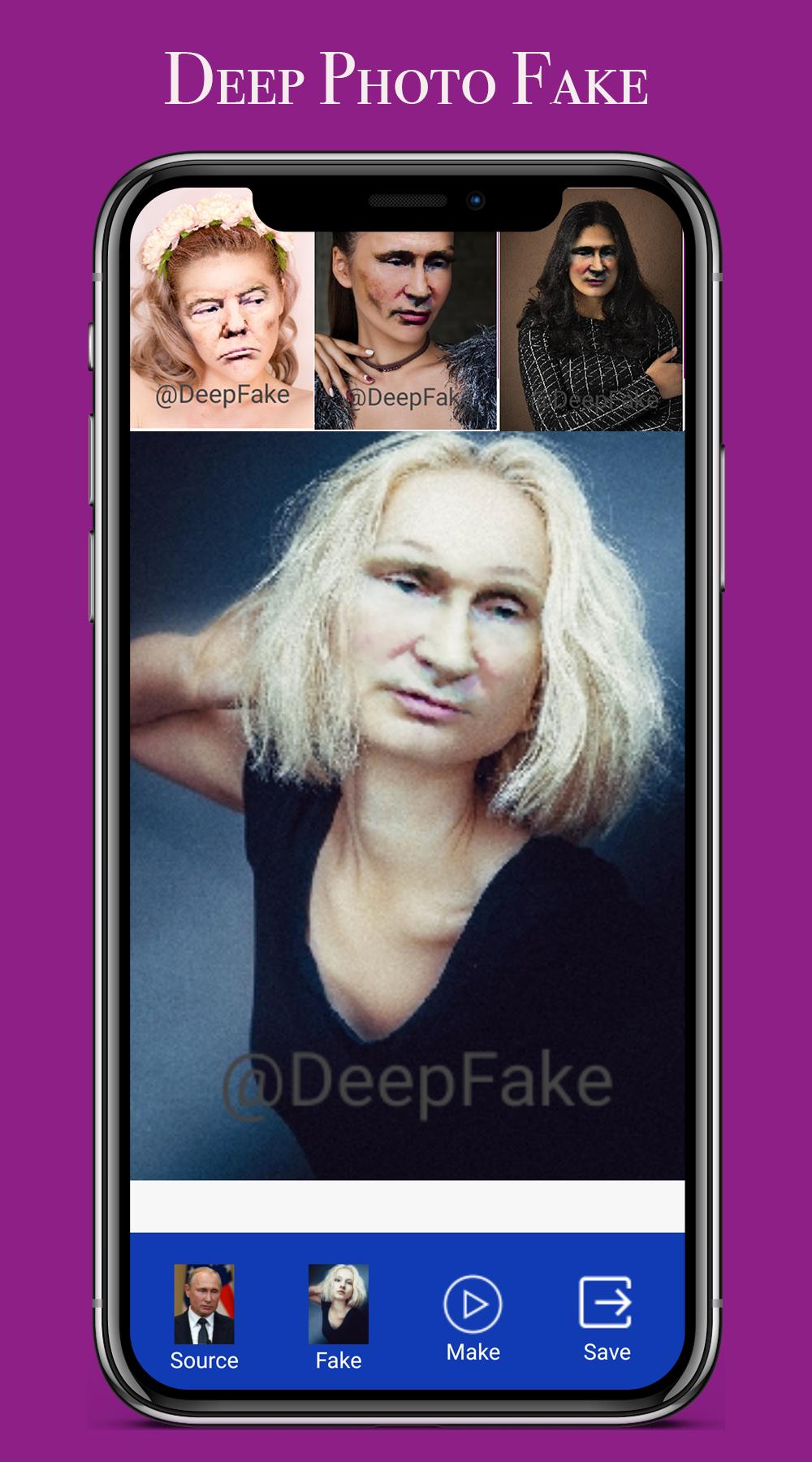Is the world ready for the rise of deep fakes? A bold statement must be made: Deep fakes are not merely a technological curiosity but a profound challenge to the very fabric of trust in media and communication. The implications of this technology extend far beyond entertainment, impacting journalism, politics, and personal privacy. As we delve into the intricacies of deep fakes, it becomes evident that their development necessitates a parallel evolution in detection technologies.
Deep fakes manipulate digital content by superimposing one person's likeness onto another, creating hyper-realistic yet entirely fabricated images or videos. This phenomenon has gained significant attention due to its potential misuse. At the University at Albany, Computer Science Professor Siwei Lyu has pioneered methods to identify these synthetic creations. His research focuses on distinguishing genuine media from altered versions through advanced algorithms capable of analyzing minute details imperceptible to the human eye. These innovations underscore an urgent need for robust mechanisms to safeguard against misinformation campaigns leveraging deep fake technology.
| Bio Data | Details |
|---|---|
| Name | Siwei Lyu |
| Date of Birth | Not Publicly Available |
| Place of Birth | China |
| Nationality | Chinese-American |
| Education | Ph.D. in Computer Science from the University of California, San Diego |
| Current Position | Professor of Computer Science at the University at Albany |
| Field of Expertise | Image and Video Processing, Media Forensics |
| Website Reference | University at Albany Faculty Profile |
In addition to academic contributions, public figures such as Prof Alice Roberts have expressed concerns about the ethical dimensions of deep fake proliferation. As Professor of Public Engagement in Science at the University of Birmingham, she emphasizes the importance of fostering critical thinking among audiences exposed to manipulated media. Her work as an anatomist, author, and broadcaster further amplifies discussions around scientific literacy and its role in combating disinformation.
The digital landscape is evolving rapidly, with platforms like TikTok showcasing both creative applications and potential dangers associated with deep fake technology. Accounts under pseudonyms such as DrDeepFake exemplify how easily accessible tools can democratize access to powerful editing capabilities. While some creators use these techniques responsibly—for artistic expression or educational purposes—others exploit them maliciously, raising questions about regulation and accountability within online spaces.
A notable aspect of deep fake discourse involves its intersection with adult entertainment industries. Websites specializing in deepfake pornography raise complex legal and moral issues regarding consent and exploitation. Despite efforts to curb illicit activities, challenges persist in monitoring and enforcing standards across global networks. RealDeepfakes and similar sites illustrate the dual-edged nature of technological advancement, where innovation fuels both progress and peril.
Search engines reflect growing public interest in understanding deep fake phenomena. Queries related to specific cases or individuals often yield mixed results, highlighting inconsistencies in available information. For instance, searches involving terms like Dr Deep Fake Xxx reveal varying degrees of relevance and reliability. Such inquiries underscore the necessity for comprehensive resources that provide accurate, unbiased data while addressing privacy concerns.
Platforms beyond traditional social media also contribute to shaping narratives surrounding deep fake usage. Bluesky, for example, hosts conversations led by users interested in exploring fictional representations through hashtags like #drdeepfake. These interactions demonstrate diverse perspectives on what constitutes acceptable application of deep fake technology, reinforcing the idea that societal norms must adapt alongside technological advancements.
Ultimately, navigating the complexities of deep fake integration requires collaboration between researchers, policymakers, and citizens alike. By fostering awareness and promoting ethical guidelines, stakeholders can mitigate risks while harnessing benefits offered by this transformative field. As demonstrated by pioneers like Siwei Lyu and advocates like Alice Roberts, constructive dialogue remains essential in steering humanity toward responsible stewardship of emerging technologies.



